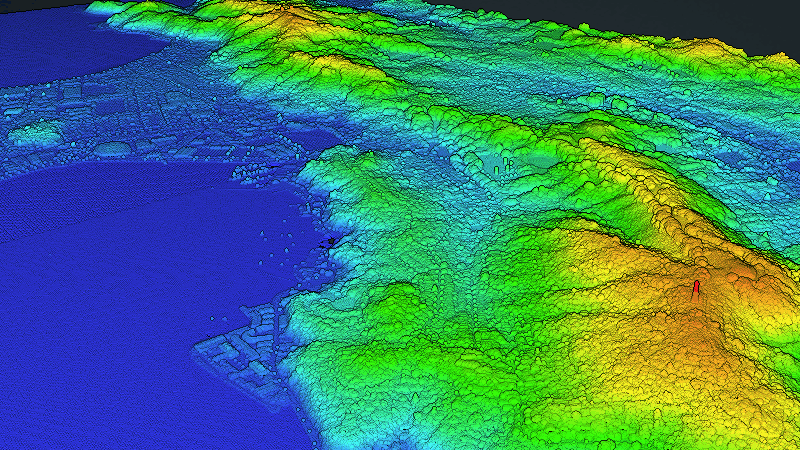

The United States (US) is the largest blueberry producer and consumer in the world, and the recognition of blueberry economic and nutritional values have prompted cultivation of blueberries in other countries (e.g., Chile, China, Mexico, Peru, Australia, and European countries) 2. Therefore, the processing pipeline of 3D point cloud data presented in this study is an effective tool for blueberry breeding programs (in particular for mechanical harvesting) and farm management.īlueberries are nutritious fruit, containing ample amounts of phytochemicals (e.g., antioxidants) beneficial to human health 1. In particular, a visualization tool could be generated using crown size and path curve λ, which showed great potential of determining bush architecture suitable for mechanical harvesting quickly. The differences matched with human evaluation regarding optimal bush architecture for mechanical harvesting. Statistical results demonstrated that the five genotype groups were statistically different in crown size and bush shape. These correlations suggested that the present approach was accurate in measuring one-dimensional size traits and acceptable in estimating three-dimensional bush volume.
POINT CLOUD DATA MANUAL
One-dimensional traits (height, width, and crown size) had high correlations ( R 2 = 0.88–0.95) between proposed method and manual measurements, whereas bush volume showed relatively lower correlations ( R 2 = 0.78–0.85). Point cloud data were preprocessed to obtain clean bush points for characterizing bush architecture, including bush morphology (height, width, and volume), crown size, and shape descriptors (path curve λ and five shape indices). 3D point clouds were acquired for 367 bushes from five genotype groups. The overall goal of this study was to develop a 3D imaging approach to measure size-related traits and bush shape that are relevant to mechanical harvesting.

The relative path is displayed as the Saved Path in the Manage Links dialog.Size and shape are important properties of shrub crops such as blueberries, and they can be particularly useful for evaluating bush architecture suited to mechanical harvesting. So, as long as the relative path to the local copies of the point cloud files is the same for each user, the link will remain valid when you synchronize with Central. The path that is saved within the workshared Revit project is relative to this path. Because file systems may differ between local machines, there is a Point Cloud Root Path specified on the File Locations tab of the Options dialog.

Using point clouds in a worksharing environment: To improve performance and reduce network traffic, the recommended workflow for users who need to work with the same point cloud files is to copy the files locally. Managing linked point clouds: The Manage Links dialog includes a Point Clouds tab that lists the status of all point cloud links (types) and provides standard Reload/Unload/Remove functionality similar to other kinds of links. If you would like to disregard the planar snaps and use the direct snaps, press the Tab key to cycle through the available snaps. This means that planar snaps, if detected, will always be initially displayed.

Geometry creation or modification tools in Revit (such as wall, line, grid, rotate, and move) can snap to implicit planar surfaces that are dynamically detected in the point cloud, or directly to points within the Point Cloud. Creating geometry: A snapping feature simplifies model creation based on point cloud data.


 0 kommentar(er)
0 kommentar(er)
